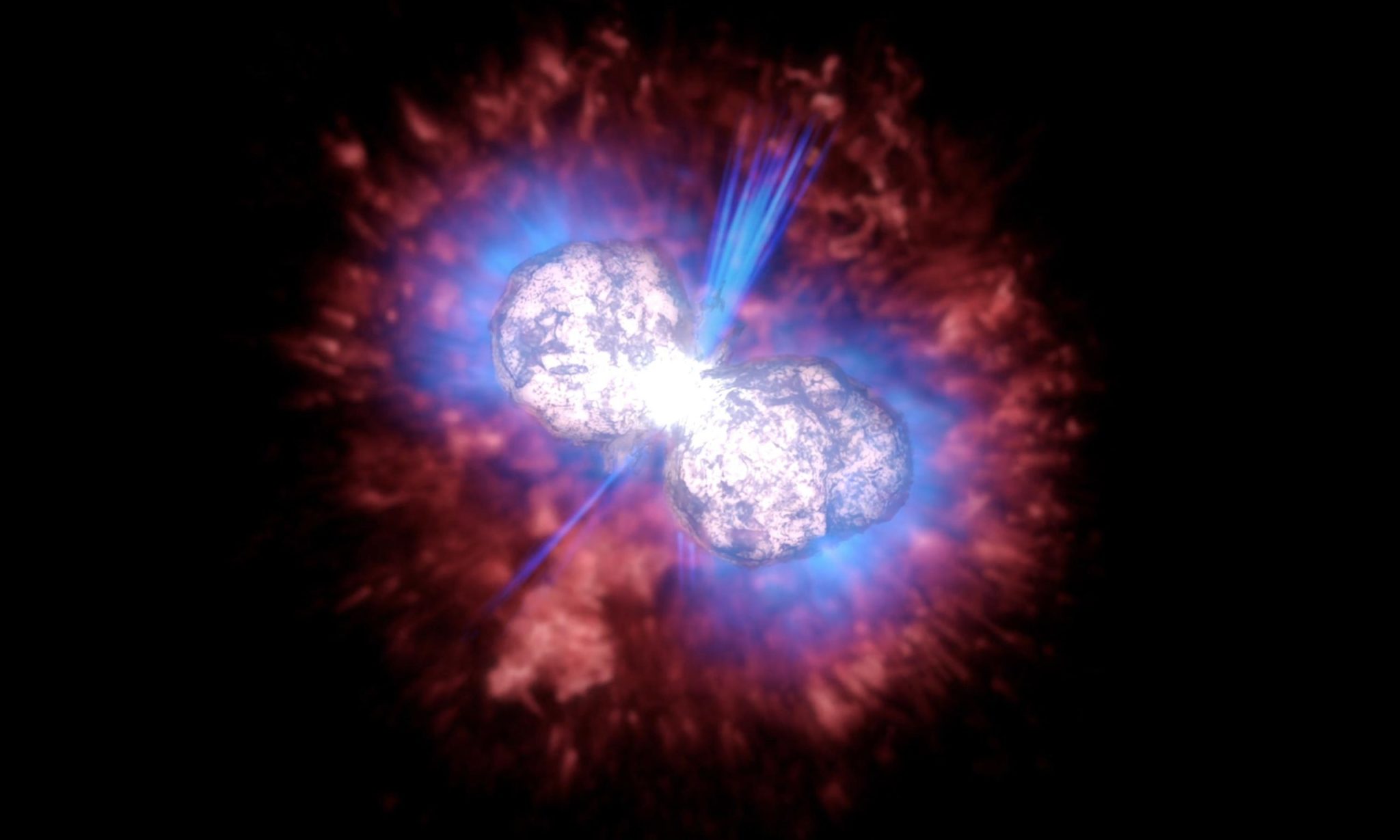Eta Carinae: A Massive Star’s Great Eruption – Awe-Inspiring New Astronomical Visualization

At one time, it was one of the brightest stars in the sky, making it easy for sailors to see in the southern sky as early as the 1840s.
However, following its short flare, the star Eta Carinae gradually sank into oblivion.
Astronomers and artists have created a three-dimensional model of the Homunculus Nebula and its surrounding clouds of dust and gas that enshroud the petulant star for more than a century and a half thanks to NASA satellite observatories.
For NASA’s Universe of Learning program, a fundamental objective is to make astronomy more accessible to a broader audience by telling the tale of the 1843 Great Eruption and the history of the ejected gas cloud.
Exploring the Great Eruption of a Massive Star via Visualization
The multiwavelength emissions (from infrared light to X-rays) and three-dimensional structures around Eta Carinae, one of our galaxy’s most massive and eruptive stars, have been visualized by NASA’s Universe of Learning.
“Eta Carinae: The Great Eruption of a Massive Star” was published this week.
Video below. Enjoy!
The “Great Eruption” of Eta Carinae (also known as Eta Car) occurred in the 1840s and was widely reported at the time. It was the brightest star in the night sky for a short while, emitting about the same amount of visible light as a supernova explosion.
Slow Death of Beautiful Giant
Despite the eruption, the star continued to wane over the following half-century. The Homunculus Nebula, a tiny gas and dust nebula released during the explosion and has obstructed the star’s light, is the primary reason for this shift in brightness.
Visual, ultraviolet, and X-ray observations made by NASA’s Hubble Space Telescope and Chandra X-ray Observatory shed light on the finer points of the phenomenon.
STScI astronomers and artists in Baltimore, Maryland, have created three-dimensional representations of the Homunculus and the luminous plasma around it.
In the end, the nested emissions are brought to life in a magnificent 3D journey.
As a project lead, Frank Summers, a visualization scientist at STScI, said the team did an excellent job portraying the volumetric layers so that viewers can quickly and intuitively appreciate the complicated structure surrounding Eta Car.
It’s possible to not only recount the tale of the Great Eruption but actually to display the ensuing nebula in 3D.
Its infrared light significantly influences the much larger Carina Nebula, in which it lives.
The scientists used images from NASA’s Spitzer Space Telescope to situate Eta Car in relation to the stunning infrared picture of the star-forming zone. They were successful.
According to Robert Hurt, the principal visualization scientist at Caltech/IPAC and part of the team:
“Spitzer’s infrared image lets us peer through the dust that obscures our view in visible light to reveal the intricate details and extent of the Carina Nebula around this brilliant star.”
Expanding NASA’s educational aims, these visualization aids help students learn beyond the clip.
Chandra X-ray Center visualization lead scientist Kim Arcand observed that we may utilize these models like Eta Car in 3D printing and augmented reality applications.
As a result, more individuals can get their hands on the data — both physically and figuratively – leading to a better learning and engagement experience.
As far as we know, Eta Carinae is the most prominent known star.
During the course of their life, these superstars are prone to erratic behavior.
They will die by collapsing into a black hole, which a supernova explosion will most likely follow.
Eta Car is one of the most accessible and well-studied instances of massive stars’ explosive life and death.
0 comments